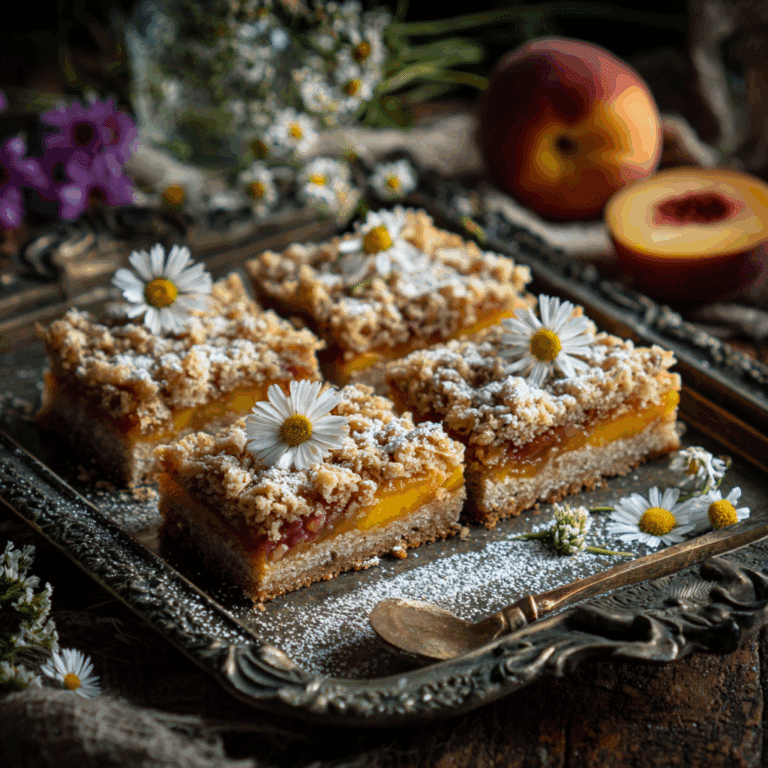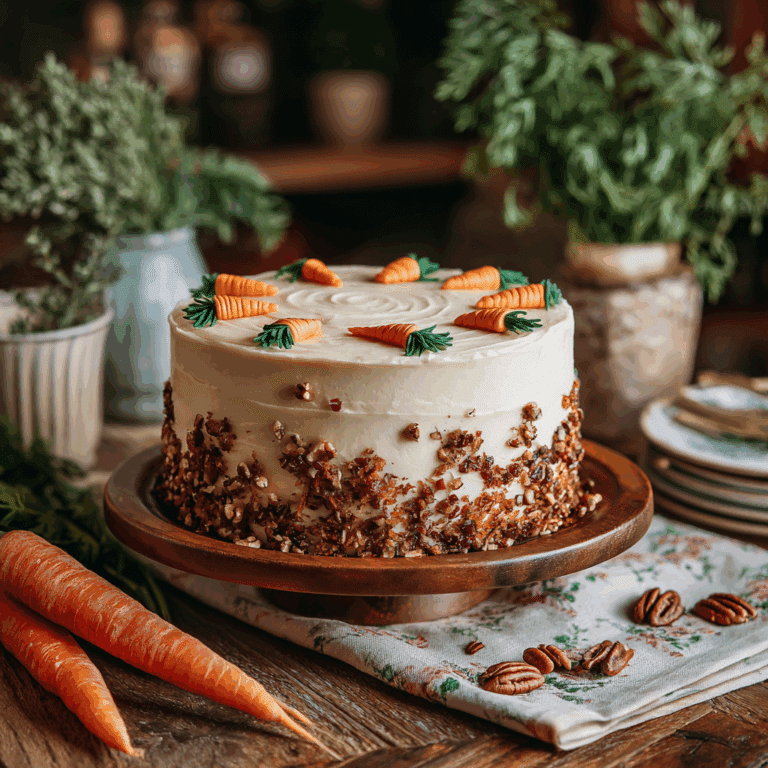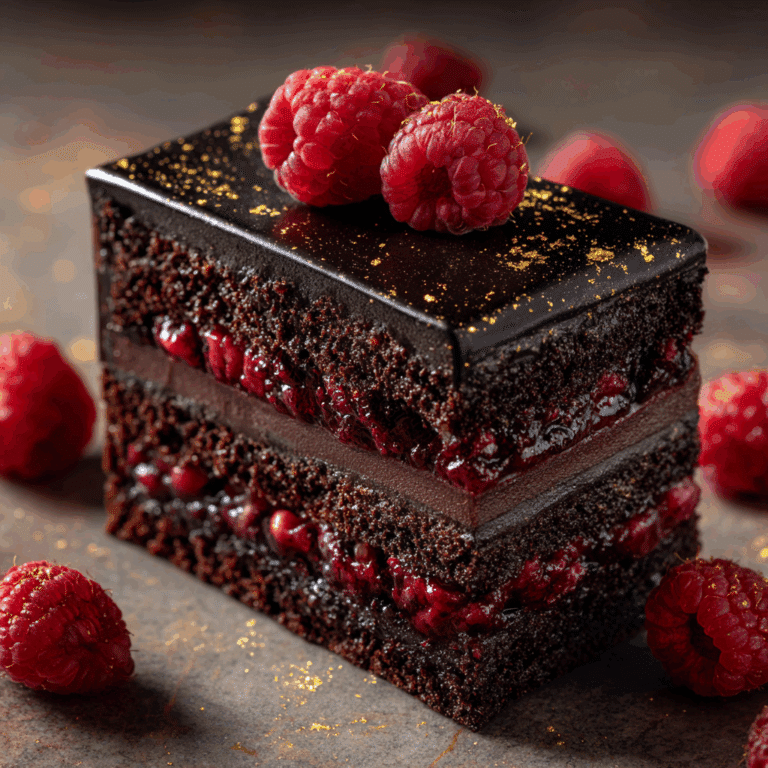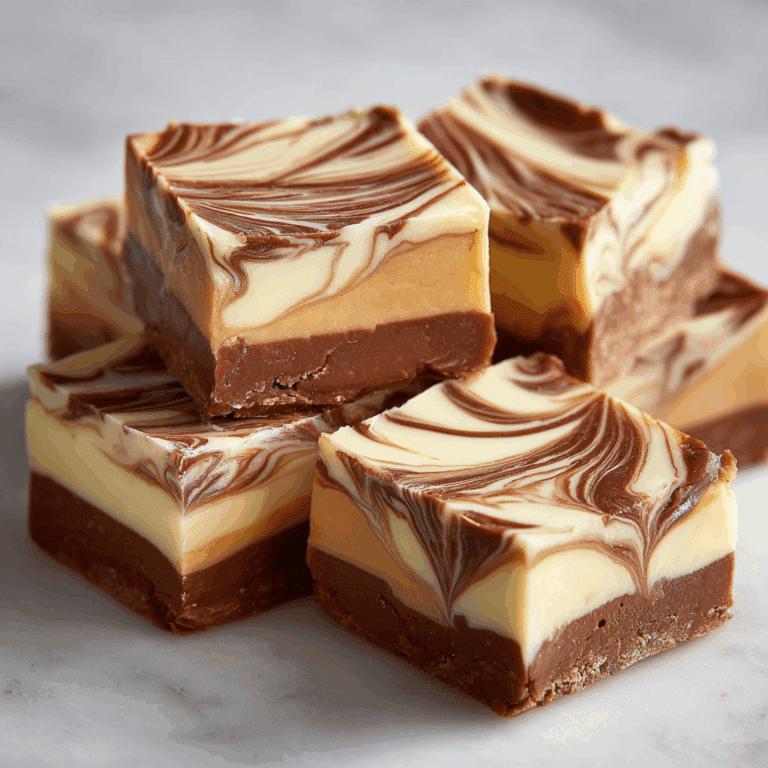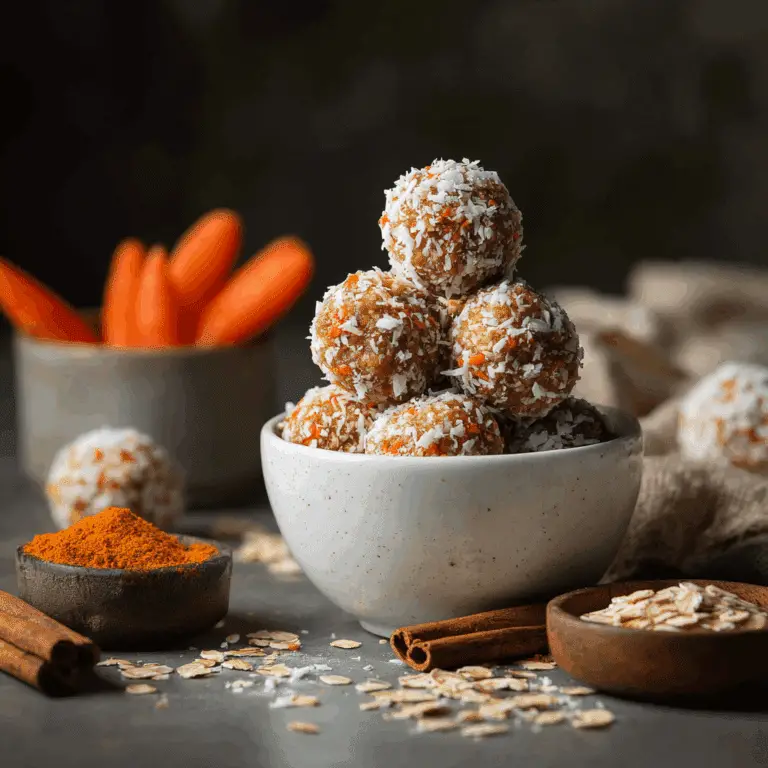Japanese Cheesecake Recipe
If you’ve never experienced the joy of a Japanese Cheesecake, you’re in for a real treat. This jiggly, light, and fluffy dessert is a heavenly alternative to traditional cheesecake—mildly sweet, a bit tangy, yet wonderfully rich and creamy without feeling heavy. It’s truly like biting into a delicate cloud of flavor, a texture and taste sensation that has captured hearts worldwide. Whether you’re a cheesecake lover or just curious, mastering this Japanese Cheesecake will bring a new favorite to your dessert repertoire.
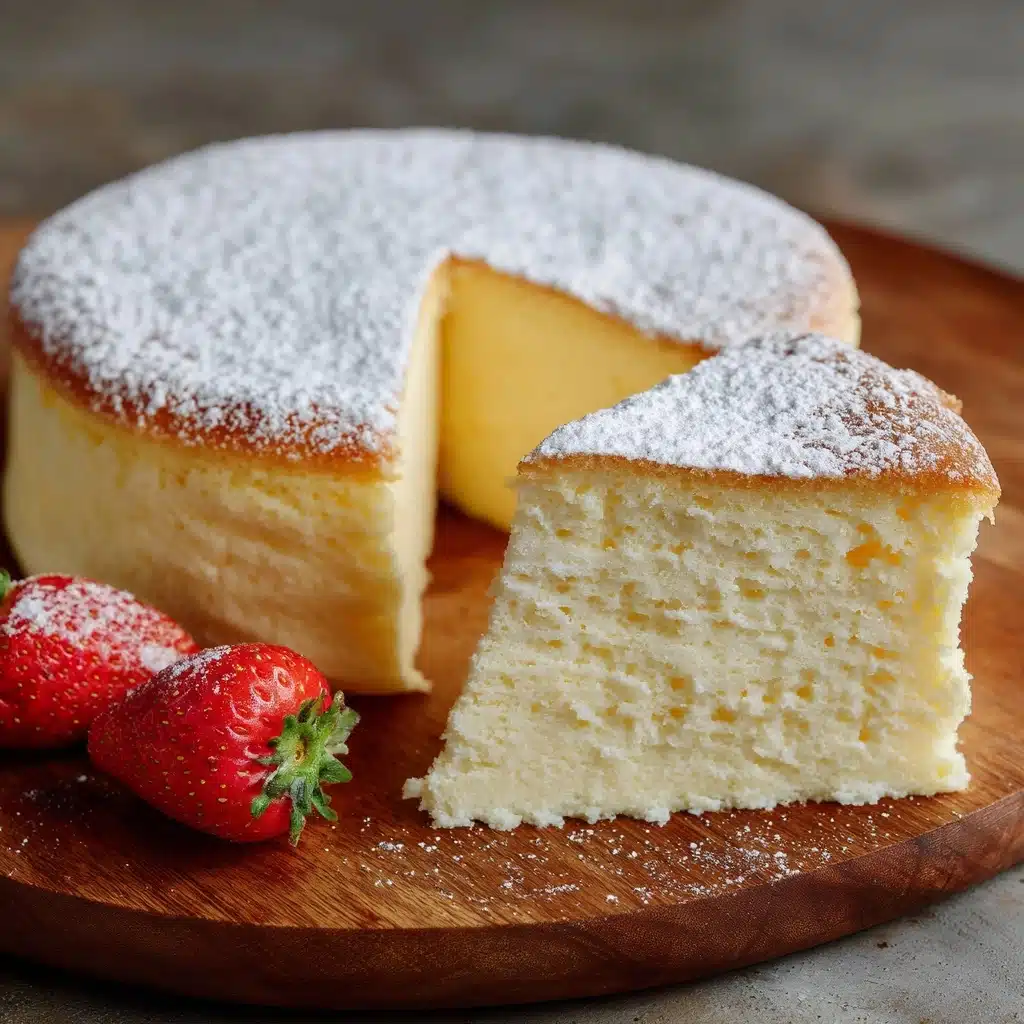
Ingredients You’ll Need
One of the best things about making Japanese Cheesecake is how straightforward the ingredient list is. Each component plays a crucial role in achieving that signature airy texture and balanced flavor, making this cake more accessible than you might think.
- 6 large eggs (separated): The whites whip into a fluffy meringue, giving the cake its signature jiggle and lightness.
- 8 ounces cream cheese (softened): Adds creamy richness and the classic cheesecake tang.
- ¼ cup heavy cream or full-fat milk: Enhances moisture and silkiness.
- 4 tablespoons unsalted butter (cut into pieces): Adds smoothness and depth of flavor.
- ½ cup cake flour (fluffed, spooned, and leveled): Provides structure while keeping the crumb tender.
- 1 tablespoon lemon zest (optional): Brightens the flavor with subtle citrus notes.
- 1½ teaspoons vanilla extract (optional): Adds warm aromatic undertones.
- ⅓ cup granulated sugar: Sweetens and stabilizes the meringue for volume.
- 2 teaspoons lemon juice: Helps stabilize egg whites and adds freshness.
- Optional toppings: Powdered sugar, slightly warmed apricot jam for glazing, fresh berries, or sweetened whipped cream to elevate the presentation.
How to Make Japanese Cheesecake
Step 1: Prepare Your Equipments and Oven
Right from the start, set yourself up for success by preheating your oven to 300°F and preparing your pans. Line an 8-inch cake pan with parchment paper on the bottom and get a 9 by 9-inch baking pan ready for a water bath, which is absolutely essential. The water bath gently cooks the cheesecake, ensuring it stays moist and stays beautifully golden without cracking. Having simmering water on low heat lets you preheat the water bath while you mix.
Step 2: Make the Cream Cheese Base
In a heatproof bowl over simmering water, gently combine cream cheese, butter, and heavy cream. Whisk until smooth and creamy — this delicate warming not only melts everything perfectly but also helps blend the flavors harmoniously. Next, whisk in the egg yolks quickly to avoid scrambling, followed by sifted cake flour to maintain that soft texture. Adding lemon zest and vanilla extract at this stage will infuse subtle brightness and warmth in every bite.
Step 3: Whip the Meringue
This is the magical part! Beat the egg whites with lemon juice until frothy, then gradually add sugar while whipping to medium-soft peaks. The sugar’s gradual introduction stabilizes the meringue, allowing it to hold air perfectly—this is what gives Japanese Cheesecake its airy lift and that iconic jiggle.
Step 4: Fold Meringue into the Cheese Base
Gently fold one-third of the meringue into the cream cheese mixture to lighten the batter. Then carefully fold in the remaining meringue in two batches, mixing just until streaks disappear. This gentle technique ensures you keep all the air whipped into the egg whites, which is the secret to the cake’s fluffy texture.
Step 5: Bake the Cheesecake
Pour the batter into your lined cake pan and tap it firmly on the counter to release large air bubbles. Set the pan in the water bath and bake for about 80 to 90 minutes. The cheesecake’s golden top and clean skewer test indicate it’s perfectly done—baking slowly at low heat guarantees that melt-in-your-mouth, cloudlike texture that defines this Japanese Cheesecake.
Step 6: Cooling and Unmolding
After removing from the oven, cool the cheesecake carefully by tipping the pan on its side and rotating it gently until it loosens from the pan’s edge. This slow cooling prevents cracking and keeps the surface smooth. Once loosened, flip the cake onto a plate, peel away the parchment, then flip it upright once more for that perfect presentation. You can enjoy this cheesecake warm, at room temperature, or chilled according to your preference.
How to Serve Japanese Cheesecake
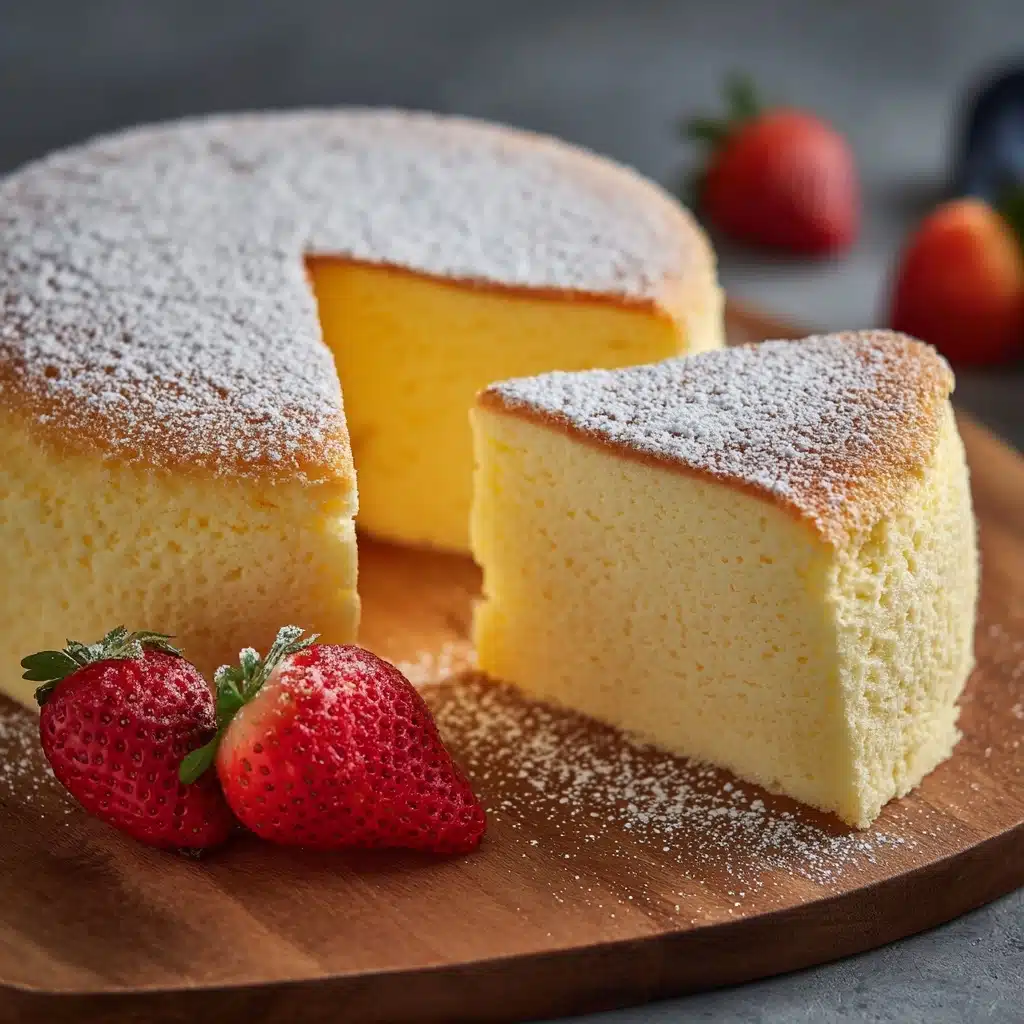
Garnishes
The Japanese Cheesecake shines simply dusted with powdered sugar—like a light snowfall that adds a subtle sweetness. For a glossy finish, a gentle brush of warmed apricot jam creates a beautiful glaze. Fresh berries add natural bursts of color and flavor, while dollops of sweetened whipped cream bring an extra touch of indulgence. These garnishes highlight the cake’s airy texture and creamy flavor without overpowering its delicate charm.
Side Dishes
Pair your fluffy Japanese Cheesecake with lightly brewed green tea or a refreshing citrus soda to balance the cake’s richness. Fresh fruit salads, particularly those featuring tart citrus or berries, complement the cheesecake’s mellow tang beautifully. Even a scoop of yuzu sorbet or a side of creamy matcha pudding can elevate the experience and bring delightful Japanese-inspired harmony to your dessert table.
Creative Ways to Present
For a fun twist, serve individual Japanese Cheesecake slices in clear glass jars or trifle bowls layered with fresh berries and whipped cream. You might even lightly torch the tops for a caramelized touch reminiscent of a crème brûlée. Wrapped with delicate edible flowers or gold leaf flakes, this dessert transforms into an elegant showstopper perfect for special occasions or a cozy tea party with friends.
Make Ahead and Storage
Storing Leftovers
Keep your Japanese Cheesecake fresh by storing it in an airtight container or tightly wrapped with plastic wrap in the refrigerator. It stays moist and flavorful for up to four days, making it great for preparing ahead of a gathering or enjoying as a sweet treat over several days.
Freezing
You can freeze Japanese Cheesecake, but for best results, slice it into portions first. Wrap each slice tightly with plastic wrap and then with aluminum foil to prevent freezer burn. Frozen cheesecake pieces will maintain their quality for up to one month. When ready to indulge, thaw in the refrigerator overnight for maximum fluffiness.
Reheating
If you prefer to enjoy your cheesecake warm, simply take individual slices out of the fridge and gently warm them in a microwave for 10 to 15 seconds or until just heated through. Avoid overheating so you don’t lose the signature fluffiness and delicate texture of the Japanese Cheesecake.
FAQs
What makes Japanese Cheesecake different from regular cheesecake?
Japanese Cheesecake is much lighter and fluffier due to the incorporation of meringue folded into the batter. Unlike traditional dense cheesecakes, it has a soft, jiggly texture with less sugar and no heavy crust.
Can I use regular flour instead of cake flour?
Cake flour is recommended because it has lower protein content, which helps keep the cheesecake tender and airy. Using all-purpose flour can make the texture denser, so if you only have all-purpose flour, consider substituting a small amount of cornstarch to lighten it up.
Why is a water bath necessary?
The water bath provides gentle, even heat, preventing the cheesecake from drying out or cracking. It also helps maintain the moisture that gives this Japanese Cheesecake its signature soft bite.
Can I make this cheesecake without lemon zest or juice?
Yes, but the lemon zest and juice add subtle brightness and help stabilize the egg whites. Omitting them will still result in a delicious cake, just a bit less lively in flavor.
How long should I beat the egg whites to the perfect meringue?
You want medium-soft peaks where the egg whites hold their shape but still bend slightly at the tip. Overbeating can break down the structure, while underbeating won’t provide enough lift. Adding sugar gradually ensures a glossy, stable meringue perfect for folding.
Final Thoughts
Making Japanese Cheesecake is truly a joyful experience that rewards you with a dessert unlike any other—light, cloudlike, and utterly delicious. Whether you’re sharing it with friends or savoring a quiet moment, this recipe promises magic at every bite. Trust me, once you taste this delightful cheesecake, you’ll be hooked and eager to make it again and again.

